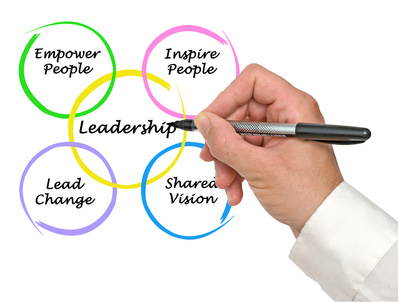
Great leaders know how to engage and empower employees to thrive in the new normal business economy.
In my recent conversations with clients and business contacts, a common concern has emerged: How to leverage the recovery to grow the business and increase profitability. There is considerable uncertainty surrounding how long the recovery will last, how healthcare reform will affect businesses, and what the impact of the global economy will be. Executives are now focused on how to jump start business in the recovery. Those companies who succeed during this “new normal” era and leverage the current recovery will have the opportunity to leapfrog their competition; however, time is of the essence.
In my experience as a former VP of Operations and Supply Chain, and as a global business consultant who has worked across multiple industries, I’ve found the key to success is engaging employees. Undoubtedly, the most significant bottom line results are driven by people, followed by processes, and then systems and technology. I’ve yet to find an example where this truism didn’t exist.
Thus, the question is how to effectively engage employees. Although it sounds a bit like motherhood and apple pie, I’ve consistently found the top three ways to engage employees include:
- Vision & goals
- Leadership that combines passion and focus
- Appreciation
#1) Vision and goals. One of the most common mistakes executives make is to have a clear vision, but they either communicate it ineffectively or do not communicate it at all. When employees do not know where they are going or why, they are not motivated to “get there.”Don’t be confused. Typically, those companies with vision statements on the walls are no better off than those without a vision statement. What matters is when the executives live and communicate the vision on a consistent basis. Is it part of daily conversations? Does it matter? How does each department, team, and employee contribute to the vision? Or translate the vision into goals? Clarity, simplicity and passion matter.
#2) Leadership that combines passion and focus. Day-to-day leadership and communications engage employees. It’s as simple as that: leaders do not have to be charismatic; they must be passionate and focused.For example, an organization I worked with that had the most engaged employees was led by a less-than-charismatic CEO; however, he had passion, drive, focus and integrity. Everyone knew where we were headed and which of their tasks were most critical to the current focus and direction of the company. There was no doubt what was critical. Priorities were clear. And everyone knew that it was likely that the CEO and/or other executives would stop by to discuss ideas and brainstorm about the company’s area of focus. Their input seemed to matter. Suddenly employees were engaged.
#3) Appreciation. A simple thank you can go a long way! It is amazing how much of an impact being appreciated has on an employee’s level of engagement. Unfortunately, I’ve seen countless examples of exceptional employees who don’t receive any appreciation, but instead get negative attention at times for bringing up potential problems or roadblocks that must be tackled in order to achieve the corporate goals. There is nothing more disheartening to an exceptional employee than a complete lack of appreciation for the results achieved.On the other hand, the best leaders who drive bottom line business results speak with their employees. They review goals on a frequent basis and discuss roadblocks. They show interest in the employee’s ideas and provide immediate positive and corrective feedback. The best leaders appreciate progress and congratulate success. And the best leaders with the most engaged employees give credit to their employees for successes and take responsibility for the issues.
Those companies who effectively engage their employees will be the ones to effectively leverage the recovery. And those who leverage the recovery will be the ones to lead their industries and thrive in the “new normal.” The question to ask yourself: Do you consider your employees your most important asset?


